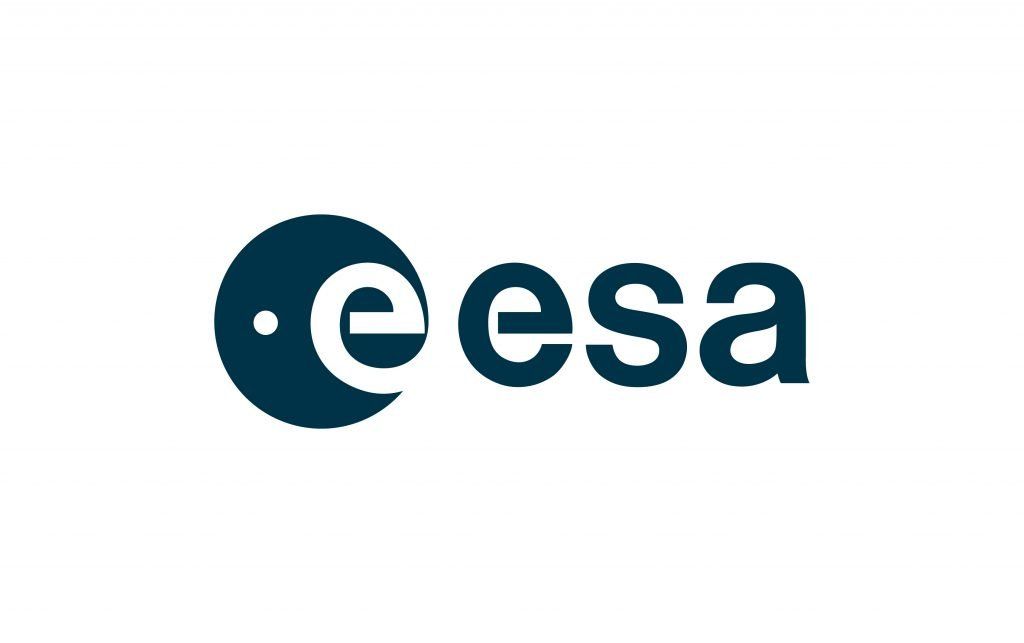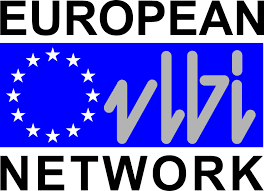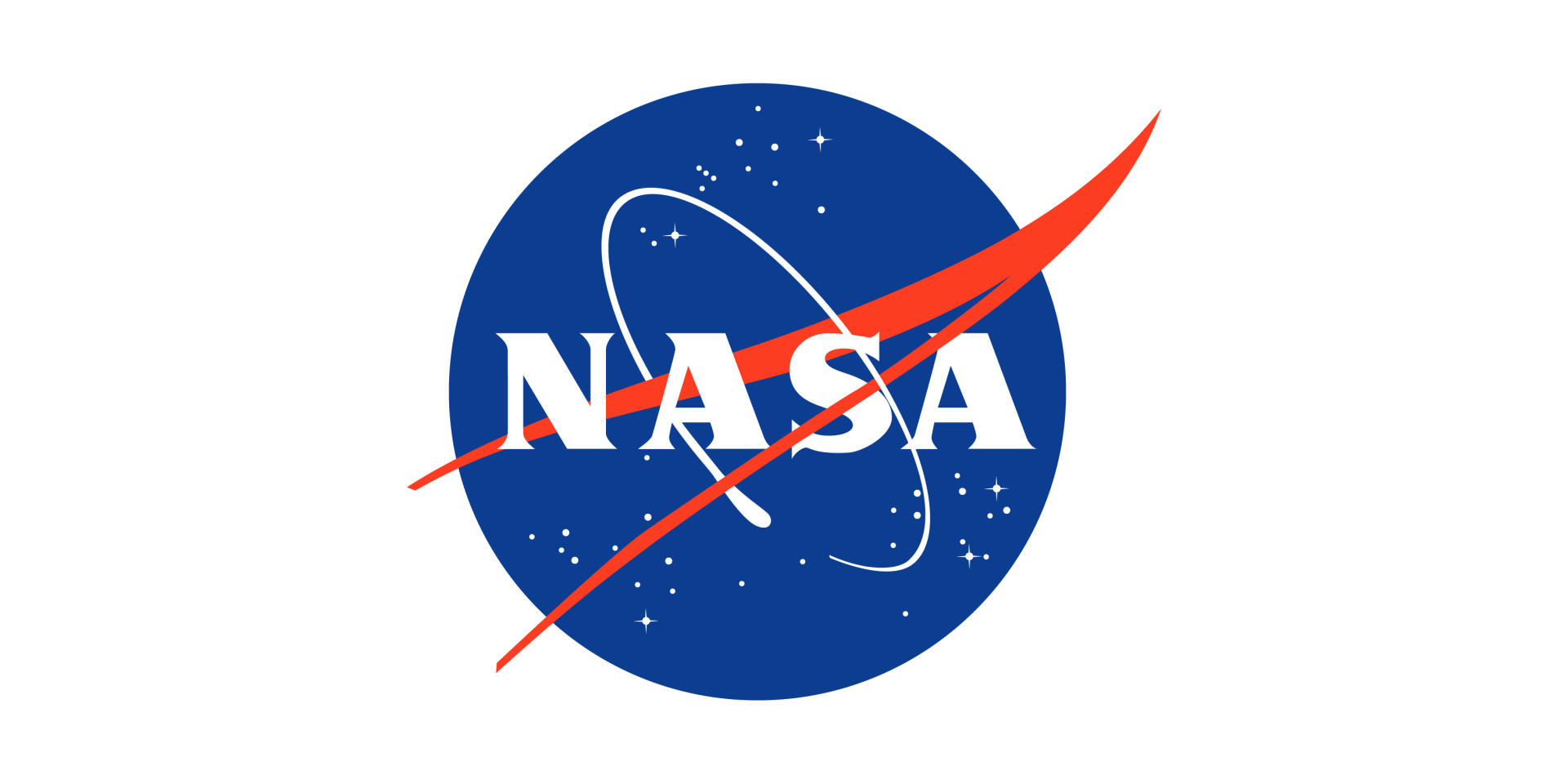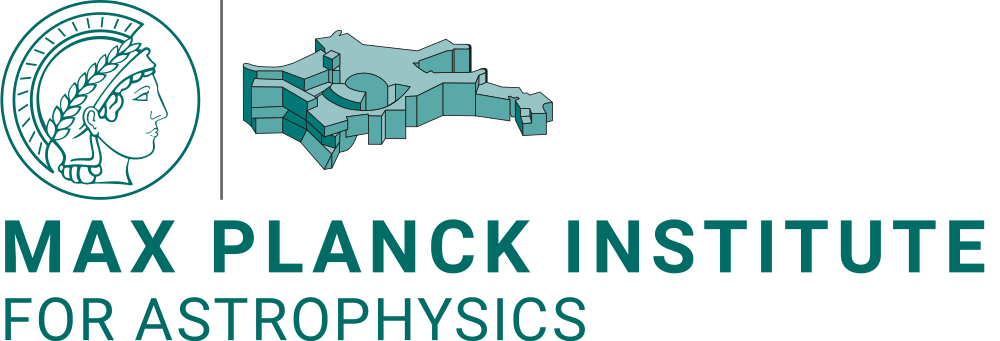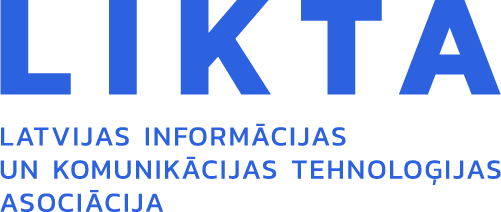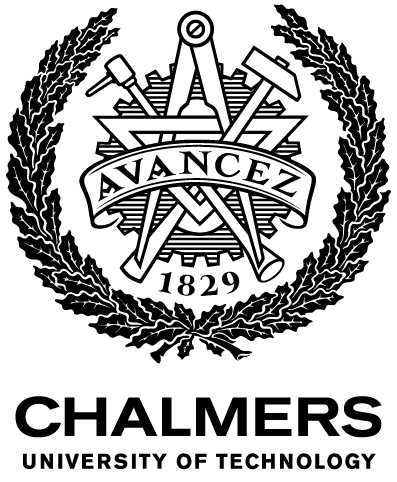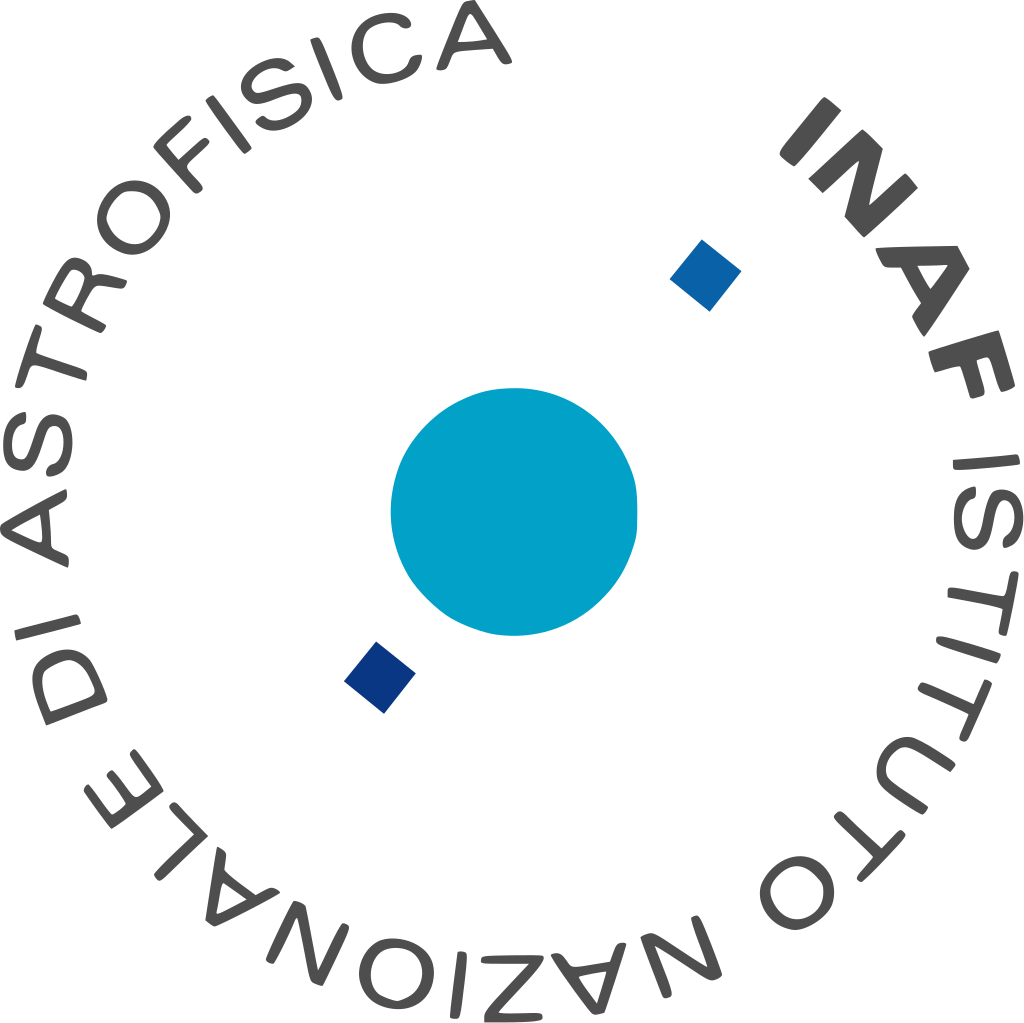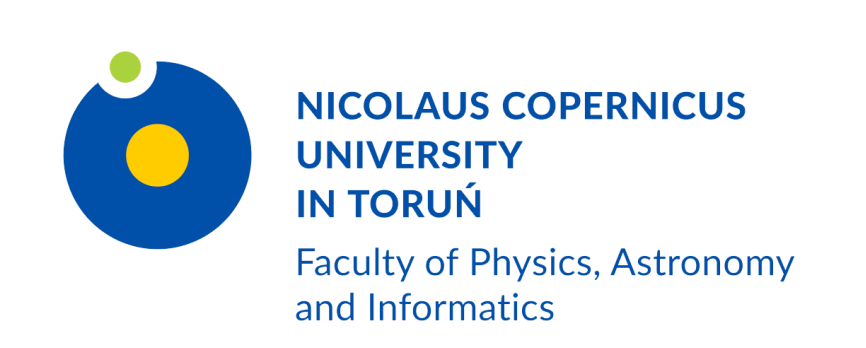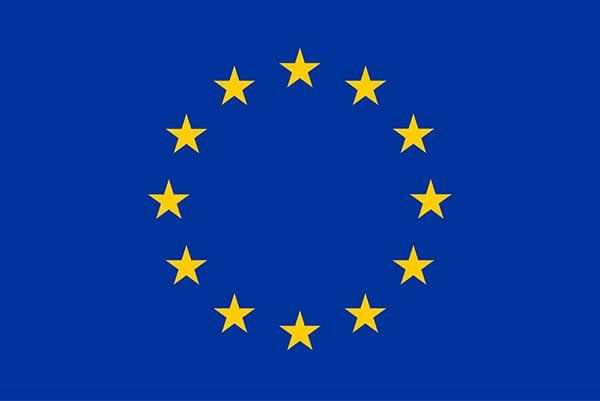This web page is created within BALTICS project funded from the European Union’s Horizon2020 Research and Innovation Programme under grant agreement No.692257.
Projects
Projects under implementation
The application of the forward scatter radar method for the detection of space objects
Duration
2021.-
Cooperation partner
DPP “Institute of Horticulture”
The Aim of the Project:
The aim of the project is to develop an open access interactive and multifunctional database-management system with data storage, sorting and search function thus obtaining statistical data for research and preservation of linguistic and terminological diversity.
Program
Fundamental and applied research of the Latvian Scientific Council
Summary
The project envisages the following tasks:
1. Data collection and processing in the developed system;
2. Processing and analysis of data collected and obtained in the developed system in scientific research;
3. Improvement of additional functionality of the developed system (possibility to include additional databases and data retrieval);
4. Distribution of research results – preparation and publication of scientific articles,
participation in conferences.
The application of the forward scatter radar method for the detection of space objects
Duration
2020.-
The Aim of the Project:
The aim of the project is to develop a methodology that, by combining the effect of radio wave scattering with radar VLBI technology, would be able to detect asteroids, comets and space debris approaching the Earth in nearby Earth space.
Funded by
Fundamental and applied research of the Latvian Scientific Council
Summary
Project activities:
1) Research of the effect of radio wave scattering based on the results of observations of asteroids, comets and space debris;
2) Development of a new methodology, combining multi-position radar-VLBI methods and bistatic position methods, supplementing
them with the scattering effect method and applying data processing methods;
3) VLBI complex calibration using both natural radio sources and artificial high orbital satellites;
4) Testing of the developed methodology in interplanetary space observations by selecting interplanetary probes (eg ExoMars and MarsExpress) and space stations at Lagrangian points (eg Spektr-RG and Gaia) as objects.
5) Development of guidelines for the development of a ground-based bistatic radar system, including recommendations for the optimization of operating frequencies, a list of available Earth-based radars and potentially observable space objects for systemverification.
Complex investigations of the small bodies in the Solar system
Duration
The Aim of the Project:
To study the small bodies of the solar system (mainly with an emphasis on asteroids and comets) using modern optical and radio astronomy techniques and signal processing. The project is unique due to the combined use of optical and radio methods and the results and developed methods can be used in European Space Agency missions to monitor space probes and can be used in future research on water supply from planetary objects to Earth, space security programs and space exploration.
Funded by
Latvian Science Grant
Summary
The project has four research directions: Asteroid, comet and Near Earth Objects (NEO) monitoring using the Schmidt optical range telescope in Baldone; Asteroid and comet photometry research; Simultaneous execution of the observations of the hydrogen maser emitted by the comet (using radio telescopes in Irbene) with the observations of the brightness of the comet (using the Schmidt telescope in Baldone); Processing and interpretation of observational data.
Implemented projects
Research of VIRAC LOFAR station data management and processing possibilities
Duration
21.08.2019 - 31.12.2019
Funded by:
VUAS internal project
The Aim of the Project:
The Aim of the Project: to create LOFAR post-correlation data processing methodology in VIRAC, including implementation of observation data management and processing methodology performed both in ILT network and in one station mode, to develop software that would allow management, evaluation, automated processing of LOFAR data.
Summary
Project tasks:
- Development of methodology (in the form of instructions and recommendations) for processing LOFAR post-correlation data in VIRAC - in both cases
1) ILT network produced data;
2) Single VIRAC LOFAR station observation data.
- Development of an automatic LOFAR data retrieval and processing tool. The tool provides
1) configuration and data selection - defining parameters in the configuration file, checking the parameters, selecting and downloading the required data, as well as checking the data quality and data retrieval speed;
2) starting sequential routine tasks;
3) displaying observation data processing results.
Project partners:
ASTRON
Mobile application prototype - Latvian-German-Latvian explanatory and translating glossary of basic legal terms (obligation law) (project JPG)
Duration
2018
Project partners
VUAS Faculty of Translation Studies
Project goal
To study the principles of selection, compilation and definition of basic legal terms with modern terminological methods and techniques, on the basis of this research to develop a practically usable mobile application prototype: Latvian-German and German-Latvian explanatory and translating glossary of basic legal terms (obligation law).
Funded by
VUAS internal project
Summary
Project tasks:
1. identification, research and analysis of theoretical literature on the research topic; also acquisition of international research experience;
2. development of criteria for selection of basic terms;
3. identification of sources of special literature and legal acts and compilation, selection and analysis of parallel texts for selection of basic terms;
4. selection and analysis of basic terms, their definitions and examples in Latvian and German;
5. development of a sample of entries for a mobile application;
6. mobile application prototype development;
- evaluation, description, testing and approbation of the acquired set of basic terms, as well as mobile applications.
New botanical dictionary: supplementation of lexicographic material and modernization of a mobile application prototype (project "JBV II")
Duration
2018
Project partners
VUAS Faculty of Translation Studies
Project goal
To study the principles of supplementing and improving the set of basic terms with modern terminological methods and techniques, supplementing, editing and improving the already developed practical prototype of a mobile application: “New Botanical Dictionary” on the basis of this research.
Funded by
VUAS internal projectjekts
Summary
Project tasks:
- Identification, research and analysis of theoretical literature on the research topic; also, the acquisition of international research experience.
- Development of the application interface in English, Russian and German, thus expanding the range of possible users of the dictionary (currently the interface of the mobile application prototype is in Latvian).
- Supplementing the visual part of the dictionary with 1-2 new sections (eg page structure), preparing an image and terms with equivalents in the languages compiled in the dictionary.
- Analysis of automatically retrieved definitions.
- Selection of new entries: supplementing the set of terms in the main part of the dictionary with 50-100 new entries.
- Solving the representation of synonymy by technological means; adding synonyms to the entry material.
- Supplementing the introductory part of the dictionary with links to publications, articles on related topics.
- Adding internal references (within the dictionary: from terms to pictures and vice versa) to the basic material of the dictionary
- Adding photos to dictionary language material (individual entries).
- Development of semantic search function (to represent genus and species links) and addition to the application prototype within the limits of possible financial resources).
Feasibility study of VSRC for the establishment of a two- and multi-element interferometer and radio astronomical data processing center (TorIn)
Duration
2018
Project goal
To carry out a study on the possibility of establishing a two-element interferometry network and a data processing centre serving it, using VIRAC and VUAS large-scale infrastructure.
Funded by
VUAS internal project
Summary
The project has four activities:
- Development of interferometer RT-16 - RT-32 - Torun and execution of test observations.
- Pre-processing of observation data, implementation of correlation methodology.
- Improvements of the KANA correlator and establishment of a radio astronomical data processing centre in the VIRAC.
- Compilation of possible scientific directions of the interferometer operation to be developed and preparation of Project reports.
A new botanical dictionary: a lexicographic concept
Duration
2017
Project partners
VUAS Faculty of Translation Studies
Project goal
To study the principles of new industry terminology dictionary development (ie peculiarities of dictionary structure), techniques (i.e. specially developed set of activities) and methods (i.e. system of principles that determine practical dictionary development activity), based on botanical industry terms and to create a mobile phone application based on created dictionary.
Funded by
VUAS internal project
Summary
To develop a model of botanical (500 Latvian) term sets, as well as to summarize the correspondences of these terms in the major Latvian contact languages during the scientific practice of TSF students (eg, English, Russian and German, which are the languages of study and working languages of VUAS TSF). In cooperation with VIRAC HPC department, develop a prototype of a switch for a smartphone application. The development of a practical set of terms model is necessary to make sure that the developed concept can be used in compiling a dictionary.
Feasibility study on Earth observation satellite monitoring and orbit detection using VIRAC and VUAS large-scale infrastructure
Duration
2017
Project partners
RI Nikolayev Astronomical Observatory Institute, Radio Physical Research Institute of Nizhny Novgorod State University, Nikolayev Observatory and University of Latvia Institute of Astronomy.
Project goal
To carry out Earth observation satellite monitoring and feasibility study of orbit elements using VIRAC and VUAS large-scale infrastructure.
Funded by
VUAS internal project
Summary
Identification of active satellites (NEO and remote sensing satellites) for observations in VLBI mode at VUAS and VIRAC data recording points in the frequency range S, C, X, L and execution of test observations. Pre-processing, correlation and feasibility study of observational data for retrieval of satellite orbital elements.
Multifunctional materials and composites, photonics and nanotechnology (IMIS2)
Duration
Project goal
Development of mathematical methods for orbit refinement of ZMP, space debris and debris clouds.
Funded by
National research program
Summary
Additional SLR (optical range) and radar-VLBI observations. Modernization of the Smith Telescope and improvement of spectral resolution.
Antenna guidance system accuracy optimization research is based on VIRAC Irbene radio telescope complex technical base (KC1)
Duration
Project goal
To carry out research of scientific and technical object management systems, specializing in management system optimization issues. To study algorithms, software and hardware complexes that are able to provide compensation for stochastic and deterministic process disturbances and are compatible with new generation control systems, incl. radio telescope control.
Funded by
ERDF funding
Summary
- Experimental observations have been made to test the new functions of the antenna control system, to collect information about the antenna parameters during motion and to test the new motion algorithms.
- Using the antenna parameters during the movement, the movement of the antenna was analysed, the places where the largest fluctuations occur during the movement and the maximum speeds of the antenna were determined.
- Additional control module commands have been developed that allow to send tracking commands to the antenna at a specified time according to a schedule file.
- When tracking objects, large antenna fluctuations can be observed at times when the antenna reaches the target coordinate due to large speed jumps resulting from the antenna transitioning very rapidly from maximum speed to target speed. To prevent these fluctuations, a new motion algorithm was developed, which forms the trajectory of the antenna motion, which would ensure a more moderate transition to the target speed.
- Investigations of primary and secondary mirror shape of radio telescope RT-32.
- A new antenna routing algorithm for object tracking has been developed, which provides a more moderate approach to object coordinates and which should reduce antenna oscillations during object tracking.
- An additional module of the Field System control software complex has been developed, which implements the transmission of specific commands to the antenna control computer using the TCP protocol.
- Improvement of the beam tracing model using the specified mirror shapes.
- Improvements to the integrated management system, including the synchronization of interface (between existing and new) monitoring messages.
VIRAC research using Irbene radio telescope complex. Activity no. 1. Improvement of radar multi-antenna observation technologies - observation, data processing and interpretation of results.
Duration
2013
Project goal
Radar VLBI or multi-antenna radar observations with the use of interferometric elements potentially allow to obtain significantly more information about the speed and position of the articulated body than the widely used radar method. Additional information can be used to reduce the number of measurements and to obtain a more accurate description of the trajectory of the folding body and the rotations of the solid body.
Funded by
VUAS internal project
Summary
- During the project implementation, reports on radar-VLBI observations and processing of the resulting data were prepared and read.
- During the project, a software solution has been developed that can detect weak signals and quickly detect changes in signals in the observation data, especially in the case of objects close to Earth.
- During the implementation of the project, the application for the project “Developing Observation Methods of Near-Earth objects: satellites, space debris and asteroids on radio and optical wavelengths” was prepared for the 2014 fundamental and applied research project competition. The project included such scientific institutions as VUAS VIRAC, UL IA, RTU Faculty of Civil Engineering.
- During the implementation of the project, regular research of scientific periodicals - journals and articles was carried out, with the aim to identify the latest trends in the research directions of the project.
- Data (digital radio signal) pre-processing was performed for several near-space objects observed by radar-VLBI method, paying great attention to the results of DA14 asteroid observations.
- An overview of the results obtained in the processing was prepared for two objects: 15-16. the observations of asteroid DA14 observed in February 2014 and 12 and 13 November 2013.
- During the implementation of the project, work was continued on the methodology for calculating the satellite orbits, cross-correlation and measurements.
NEXPReS
Duration
Project goal
Implementation and adaptation of real-time or eVLBI components VIRAC and software solution complexes for automatic VLBI observations, monitoring and data post-processing.
Funded by
EVN project
Summary
Successfully implemented eVLBI observation together with EVN participants (19.03.2013) and successfully implemented trigger observation together with NEXPReS project implementing institutions (03.05.2013).
1. In 2012, software solution modules were developed that monitor the results of SFXC autocorrelation, including reading the results from SFXC, transferring them and displaying them in the “Workflow Manager” software solution based on LifeRay technology. In addition, software solutions for cluster MPI computing node load monitoring and MPI computing node parameter files generation for SFXC correlator were developed, and software solution for automatic VLBI observation session data transfer and processing control in case of multiple antennas.
2. In 2013, NordNet broadband internet line monitoring tests were performed within the project.
3. During the project, VUAS and VIRAC have participated in real-time eVLBI observations both as a station (RT32) and as a processing center (SFXC on the VeA cluster).
Technologies for the reception, generation and processing of signals associated with artificial satellite
Duration
Project goal
Research on antenna RT-16 technological modernization for artificial satellites control and signal reception. Research in the processing of received data, allowing the obtained information to be used in solving practical problems of the Latvian economy.
Funded by
EU Social Fund funding
Summary
Research of international significance in the field of radar location and classification of space waste, using modern radio interferometry methods.
Use of construction and metalworking production waste for obtaining new functional building materials and solving ecological problems
Duration
Project goal
Research of mechanical properties of composite substances belonging to the category of non-fibrous composite materials, verification and / or development of descriptive models, implementation of corresponding numerical material model blocks (libraries) for further use in open source packages.
Funded by
Latvian Science Council Grant No. 09.1619
